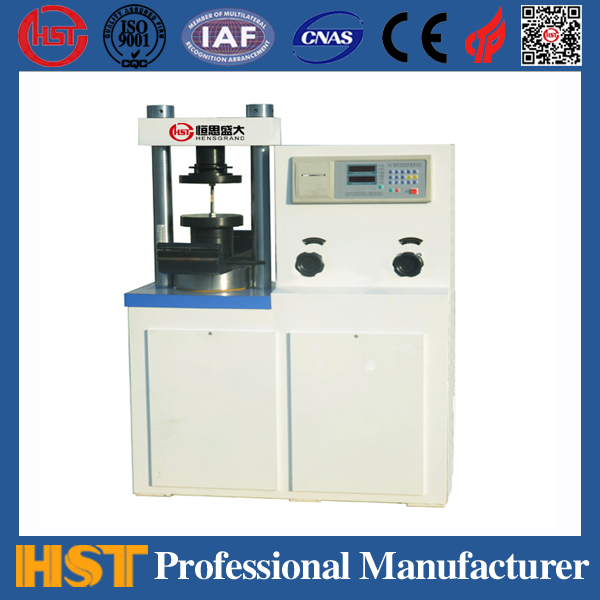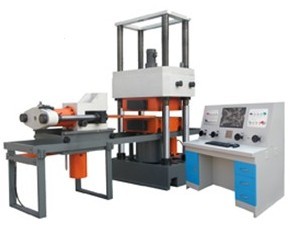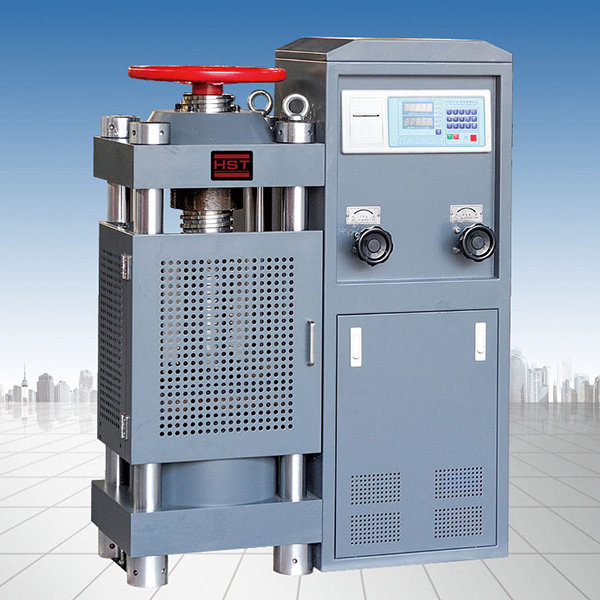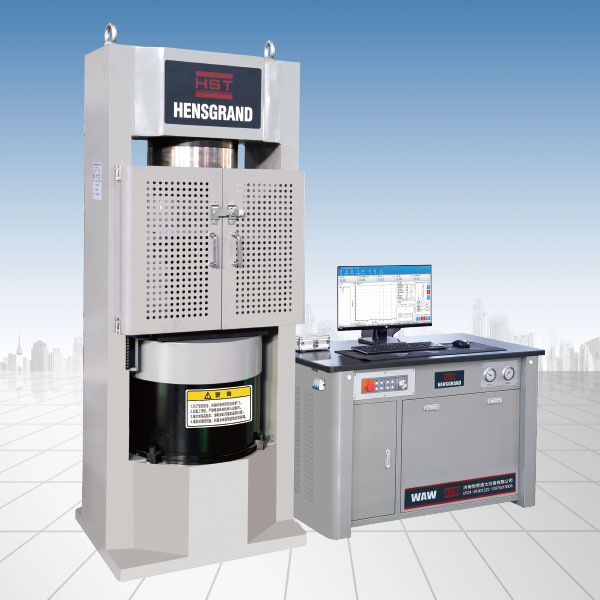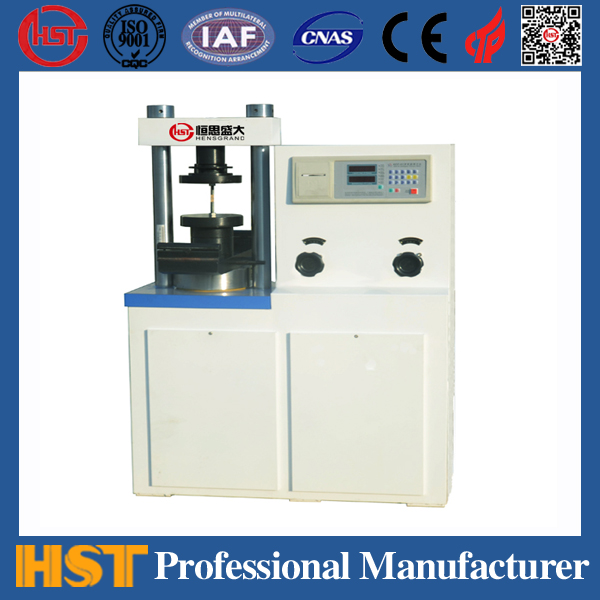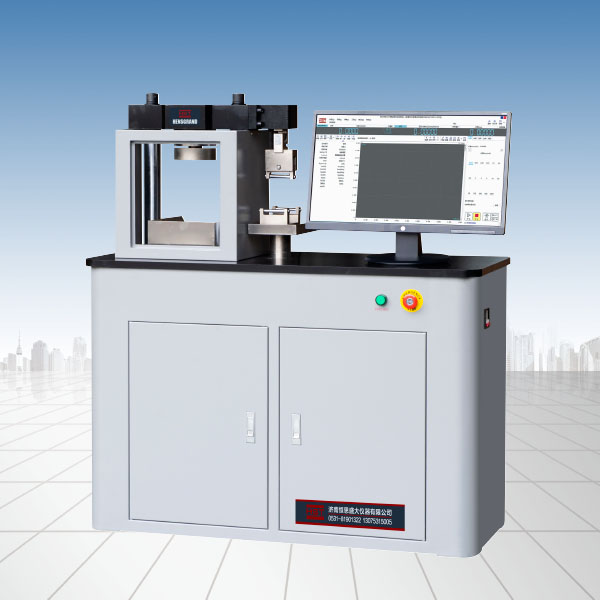Company News
Extensometer installation techniques for universal testing machine
Release time:2018-11-23 source:Jinan Hengsi Shanda Instrument Co., Ltd. Browse:
Universal testing machineThe microcomputer controls the fully digital broadband electro-hydraulic servo valve and drives the precision hydraulic cylinder. The microcomputer control system automatically controls the test force, displacement, and deformation in various modes, and completes the tensile, compression and bending tests of the sample, which meets the requirements of the national standard GB/T228-2010 "Metal Material Room Temperature Tensile Test Method" and other standards.
The universal tester extensometer is an instrument that measures the linear deformation between two points of components and other objects. It is usually composed of three parts: sensor, amplifier and recorder. During use, many people have reported that the extensometer is not tightly clamped. Is there any quality problem? In fact, it is not a quality problem of the extensometer, but a question of how to use it.
When clamping the extension meter, gently pick up the extension meter, snap the gauge rod gasket between the force arm and the benchmark, press the two force arms, make the two blades vertically contact the sample, tie the extensometer to the sample with a spring or rubber band, and after installation, take out the gauge rod gasket to keep a 0.5mm gap between the force arm and the gauge rod.
Notes:
1. The universal testing machine must be inspected before testing to avoid damage to the extensometer.
2. Protect the electronic extensometer, do not fall and keep the blade sharp.
3. Do not remove the screws at both ends of the gauge rod to prevent the opening of the two arms from being unlimited, causing the strain gauge and spring sheet to deform, causing damage to the extensometer.
It is worth mentioning that some universal testing machine fixtures will produce an initial force when clamping the sample, so remember to eliminate the initial force before clamping the extensometer. In this way, the gauge distance clamped by the extensometer is the original gauge distance of the sample in a free state.
http://www.hssdtest.com
Recommended productsPRODUCTS


















